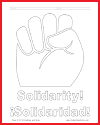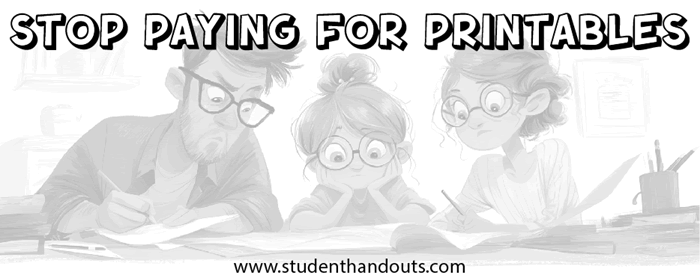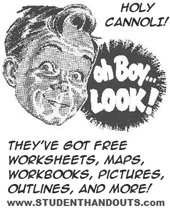Utilizing a large variety of educational materials helps high school World History students gain a deeper and more comprehensive understanding of the Revolutions of 1848. These widespread uprisings involved complex causes, including demands for political reform, national unification, and greater civil liberties. Relying solely on textbooks may not fully capture the scope and diversity of these movements across Europe. By incorporating primary sources such as speeches, manifestos, and letters, students can analyze the motivations and voices of people who experienced the revolutions firsthand.
Visual materials like maps and charts help illustrate where and how the revolts unfolded, making it easier to compare developments in France, the German states, Austria, and Italy. Films and documentaries bring the era to life, adding emotional depth and visual context to classroom discussions. Meanwhile, educational games and role-play activities foster active learning and help students explore decision-making from different perspectives.
Combining written texts, visuals, and interactive resources supports various learning styles, strengthens critical thinking, and helps students connect abstract ideas to real-world events. A diverse mix of materials creates a richer learning experience and promotes a lasting understanding of how the Revolutions of 1848 influenced the course of European history.
|










